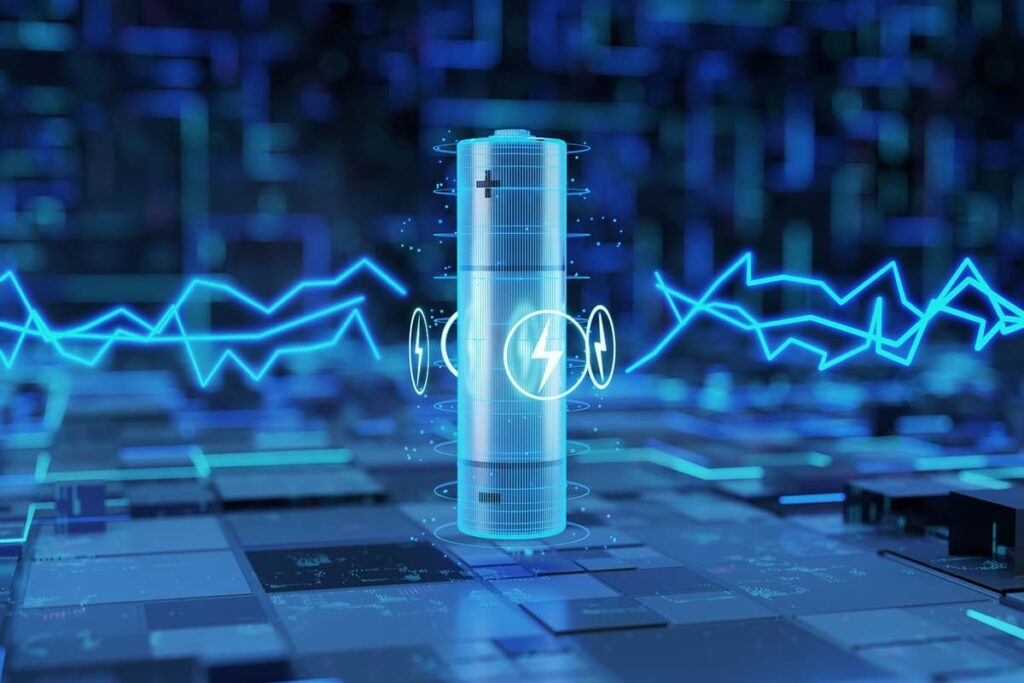Energy Power Systems and the Stop Start Battery
Table of contents
Table of contents

If you own a car that turns itself off when you’re idling, then you already know what a stop-start battery is. A stop-start battery system simply shuts down the engine in a vehicle when it begins to idle and then restarts the engine when the clutch or gas pedal is pressed. What are the benefits of such a system? It is estimated that vehicle fuel efficiency is improved by about 5-8% which saves consumers money by reducing fuel costs and incidentally reduces emissions as well. Adoption of these systems is expected to achieve strong growth over the next 5 years as seen in the below chart:

Johnson Controls (NYSE:JCI) is the largest manufacturer of automotive batteries in the world and is actively looking to address the needs of the start-stop battery market. However, one other startup is also looking to target this niche growth market. Michigan based startup Energy Power Systems is looking to offer a start-stop battery that is superior to competing solutions using their Planar Layered Matrix (PLM) technology.
About Energy Power Systems
Almost all fossil fuel-powered automobiles use lead-acid batteries to supply electric energy to the starter motor, lights, and ignition system of a vehicle’s engine. Lead-acid batteries are the oldest type of rechargeable battery and account for about 40-45% of the value of all batteries sold worldwide representing a market value of about $15 billion dollars. Not much has changed over the years to the technology of lead-acid batteries, however, the performance requirements have increased with the growing popularity of start-stop systems. Backed by Townsend Capital, a relatively young startup called Energy Power Systems (EPS) has spent the last 36 months developing a high performance, low-cost lead-acid battery based on their PLM technology.
The PLM design uses nanoscale materials to modify the electrodes of a standard lead-acid battery. This patented technology claims to enhance the battery power by a factor of four, increase the battery life by a factor of five and improve the overall regenerative charging capability by a factor of at least four, all the while keeping the low-cost structure of the original battery chemistry. The PLM battery is capable of +200,000 cycles for automotive start/stop applications (with estimated life exceeding 300,000 cycles).
Conclusion
In addition to automotive applications, EPS is also targeting grid and commercial applications as well as renewable energy storage solutions. In January of this year, EPS established a high-volume manufacturing facility in Pontiac, Michigan with initial annual production capacity of 500 MWh, the equivalent of 500,000 start/stop vehicle batteries. According to an article by Autotechreview, the plant will cater to stationary applications but will also use products from the plant to seed the market for automotive applications. EPS does not want to be in the business of manufacturing car batteries but simply licensing the technology. It sounds like the perfect licensing partner for the automotive space just might be Johnson Controls.
Sign up to our newsletter to get more of our great research delivered straight to your inbox!
Nanalyze Weekly includes useful insights written by our team of underpaid MBAs, research on new disruptive technology stocks flying under the radar, and summaries of our recent research. Always 100% free.














